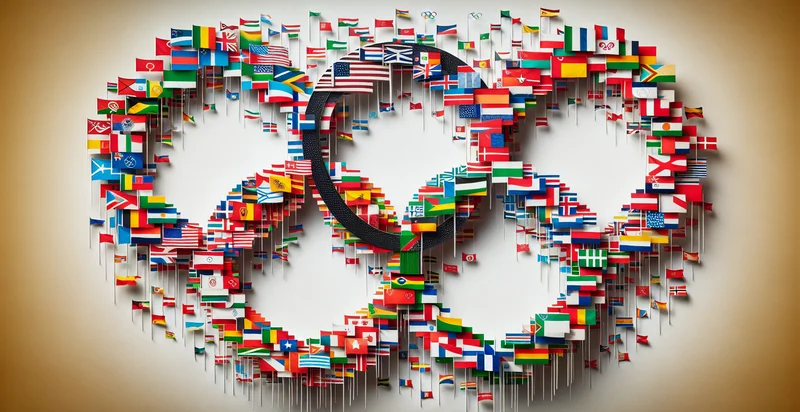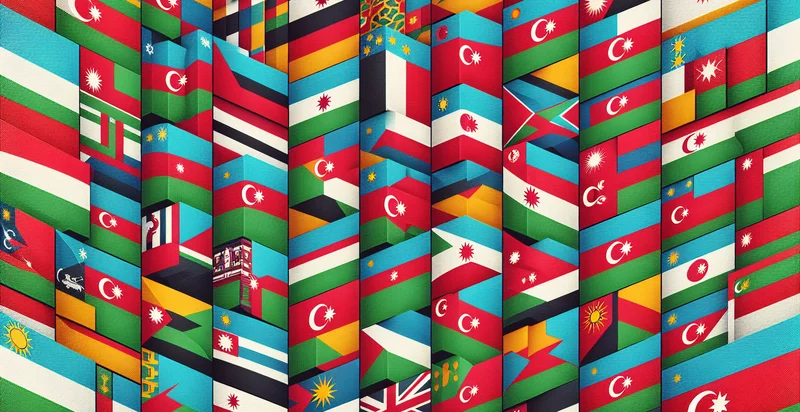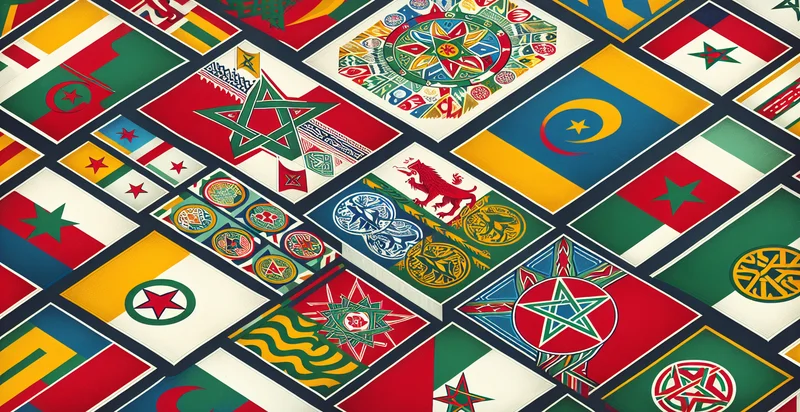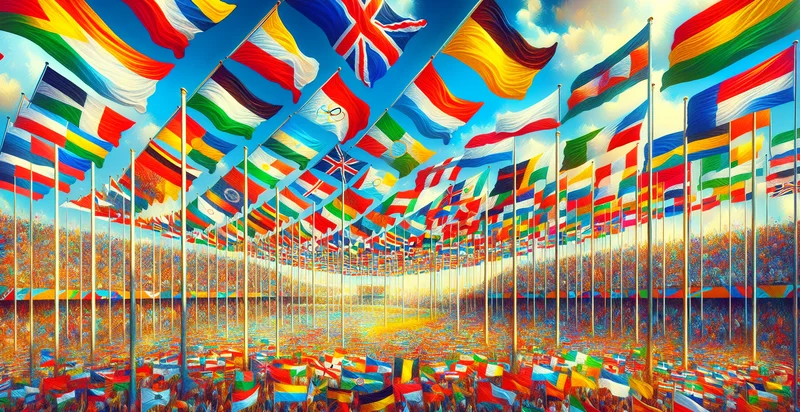Identify olympics national flags
using AI
Below is a free classifier to identify olympics national flags. Just upload your image, and our AI will predict which country's national flag it is - in just seconds.

Contact us for API access
Or, use Nyckel to build highly-accurate custom classifiers in just minutes. No PhD required.
Get started
import nyckel
credentials = nyckel.Credentials("YOUR_CLIENT_ID", "YOUR_CLIENT_SECRET")
nyckel.invoke("olympics-national-flags-identifier", "your_image_url", credentials)
fetch('https://www.nyckel.com/v1/functions/olympics-national-flags-identifier/invoke', {
method: 'POST',
headers: {
'Authorization': 'Bearer ' + 'YOUR_BEARER_TOKEN',
'Content-Type': 'application/json',
},
body: JSON.stringify(
{"data": "your_image_url"}
)
})
.then(response => response.json())
.then(data => console.log(data));
curl -X POST \
-H "Content-Type: application/json" \
-H "Authorization: Bearer YOUR_BEARER_TOKEN" \
-d '{"data": "your_image_url"}' \
https://www.nyckel.com/v1/functions/olympics-national-flags-identifier/invoke
How this classifier works
To start, upload your image. Our AI tool will then predict which country's national flag it is.
This pretrained image model uses a Nyckel-created dataset and has 42 labels, including Argentina Olympic, Australia Olympic, Austria Olympic, Belgium Olympic, Brazil Olympic, Canada Olympic, China Olympic, Czech Republic Olympic, Denmark Olympic and Finland Olympic.
We'll also show a confidence score (the higher the number, the more confident the AI model is around which country's national flag it is).
Whether you're just curious or building olympics national flags detection into your application, we hope our classifier proves helpful.
Related Classifiers
Need to identify olympics national flags at scale?
Get API or Zapier access to this classifier for free. It's perfect for:
- Event Verification: This function can be utilized by event organizers to verify the authenticity of national flags displayed at Olympic events. By automatically identifying flags, organizers can ensure compliance with participation rules and prevent the display of unofficial or unauthorized flags.
- Merchandise Quality Control: Manufacturers of Olympic merchandise can employ this functionality to verify that product designs accurately represent the official national flags. This would help maintain brand integrity and avoid infringements of national emblems.
- Content Moderation: Social media platforms can leverage this image classification tool to monitor user-uploaded content related to the Olympics. Identifying flags could be useful in enforcing community guidelines and preventing the spread of misleading or inappropriate content.
- Personalized Content Delivery: Media companies and streaming services can use the identifier to tailor content for viewers based on the national flags displayed. This could enhance user engagement by providing relevant highlights, articles, and advertisements specific to the viewer's country.
- Flag Education Apps: Educational platforms can integrate the false image classification function into apps that teach users about world flags and their meanings. By identifying flags in real time, users can learn about different nations and their Olympic participation in an interactive way.
- Historical Analysis: Researchers and historians can utilize this function to analyze historical data involving Olympic national flags. By classifying images over time, they can study trends in flag designs or shifts in national representation at the Olympics.
- Sponsorship Activation: Brands involved in sponsorship during the Olympics can use this technology to engage fans by identifying national flags in user-generated content. This could facilitate targeted marketing campaigns and interactive experiences tied to the specific nations represented during the events.


